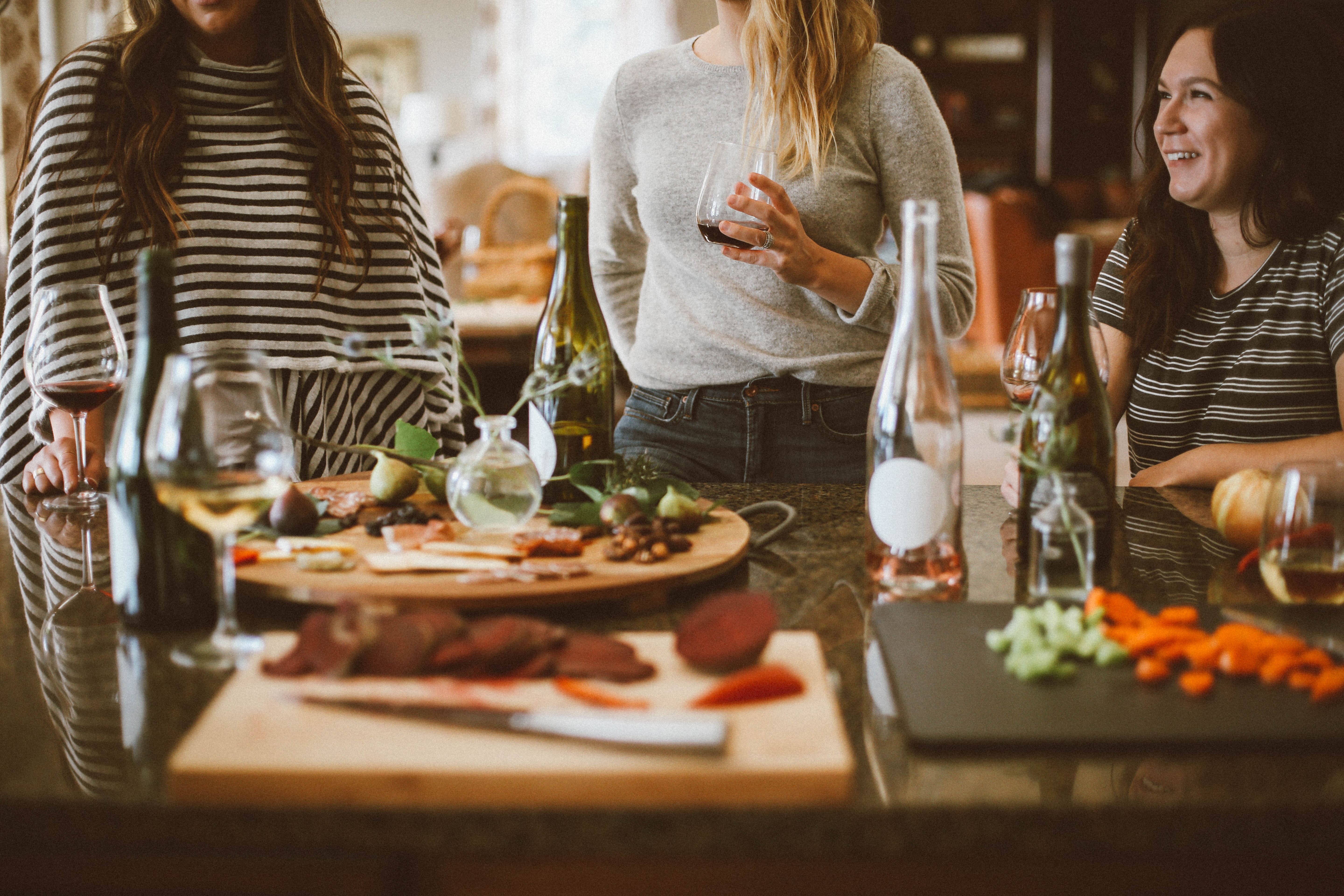
Discover amazing wines and dishes
"Wine and cheese are ageless companions, like aspirin and aches, or June and moon, or good people and noble ventures."
M. F. K. Fisher
Pairing wine with food enhances the dining experience by complementing and contrasting flavors, textures, and aromas. Here's a basic food and wine pairing guide to get you started:
White Wines:
1. Light White Wines (e.g., Pinot Grigio, Albariño, Sauvignon Blanc):
Foods: Light fish dishes, salads, chicken, turkey, or dishes with citrus and herbs.
Why: The light and zesty characteristics of these wines can enhance similar flavors in food.
2. Rich White Wines (e.g., Chardonnay, Viognier, Marsanne):
Foods: Lobster, crab, roasted chicken, creamy sauces, dishes with mushrooms, or cheeses like Brie and Camembert.
Why: These wines have a richer mouthfeel and often buttery notes that match the weight of these dishes.
3. Aromatic White Wines (e.g., Riesling, Gewürztraminer, Muscat):
Foods: Spicy Asian cuisine, sushi, aromatic cheeses like blue cheese, or fruit-based dishes.
Why: The pronounced aromatics and often slight sweetness of these wines counteract spicy heat and complement strong flavors.
Red Wines:
1. Light Red Wines (e.g., Pinot Noir, Gamay, Grenache):
Foods: Grilled chicken, salmon, pork dishes, mushrooms, and dishes with earthy flavors.
Why: These wines have higher acidity and softer tannins that won't overpower lighter meats.
2. Medium Red Wines (e.g., Merlot, Tempranillo, Sangiovese):
Foods: Pizzas, pastas with tomato-based sauces, grilled meats, and aged cheeses.
Why: These wines strike a balance between tannins and acidity, making them versatile for many dishes.
3. Bold Red Wines (e.g., Cabernet Sauvignon, Syrah/Shiraz, Malbec):
Foods: Steak, barbecue, lamb, and dishes with strong flavors or hearty sauces.
Why: The robust structure of these wines can stand up to richer, fatty foods.








